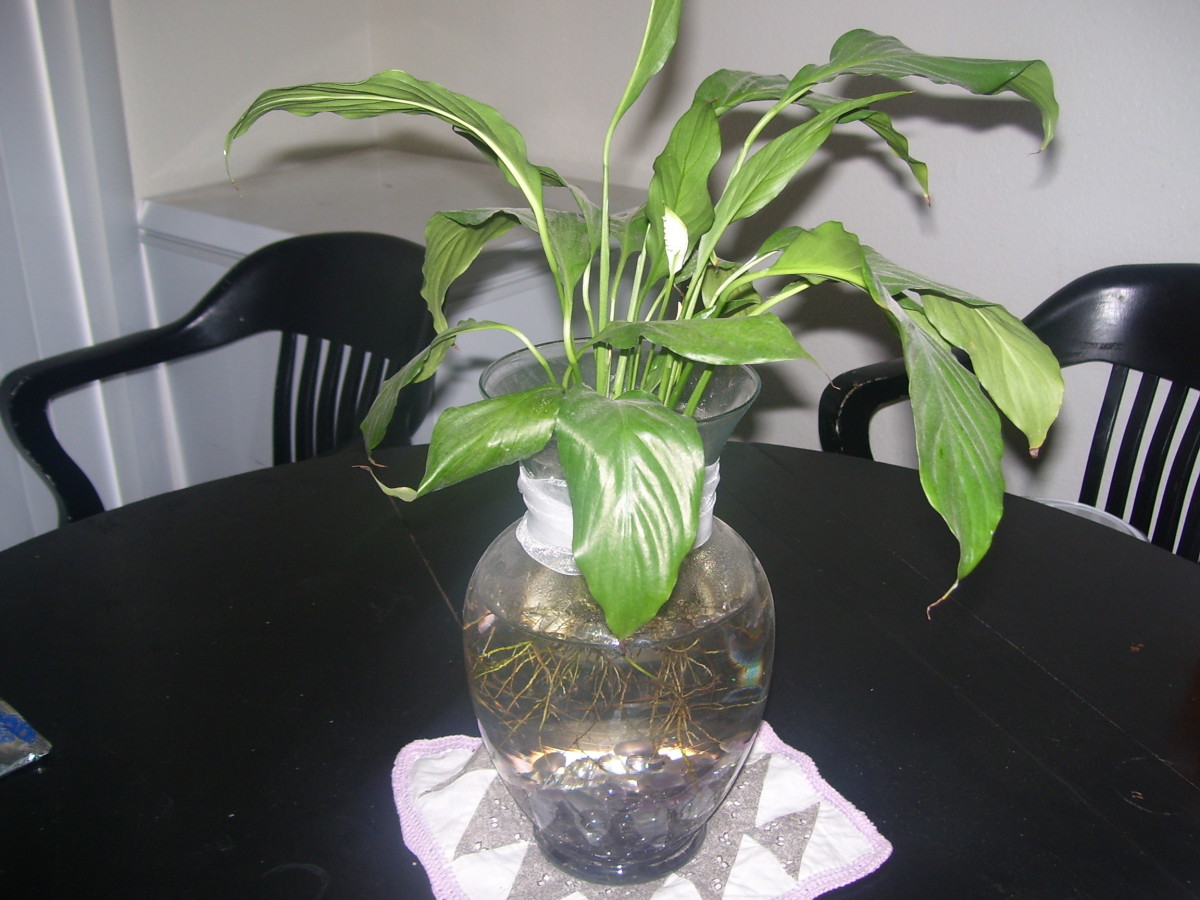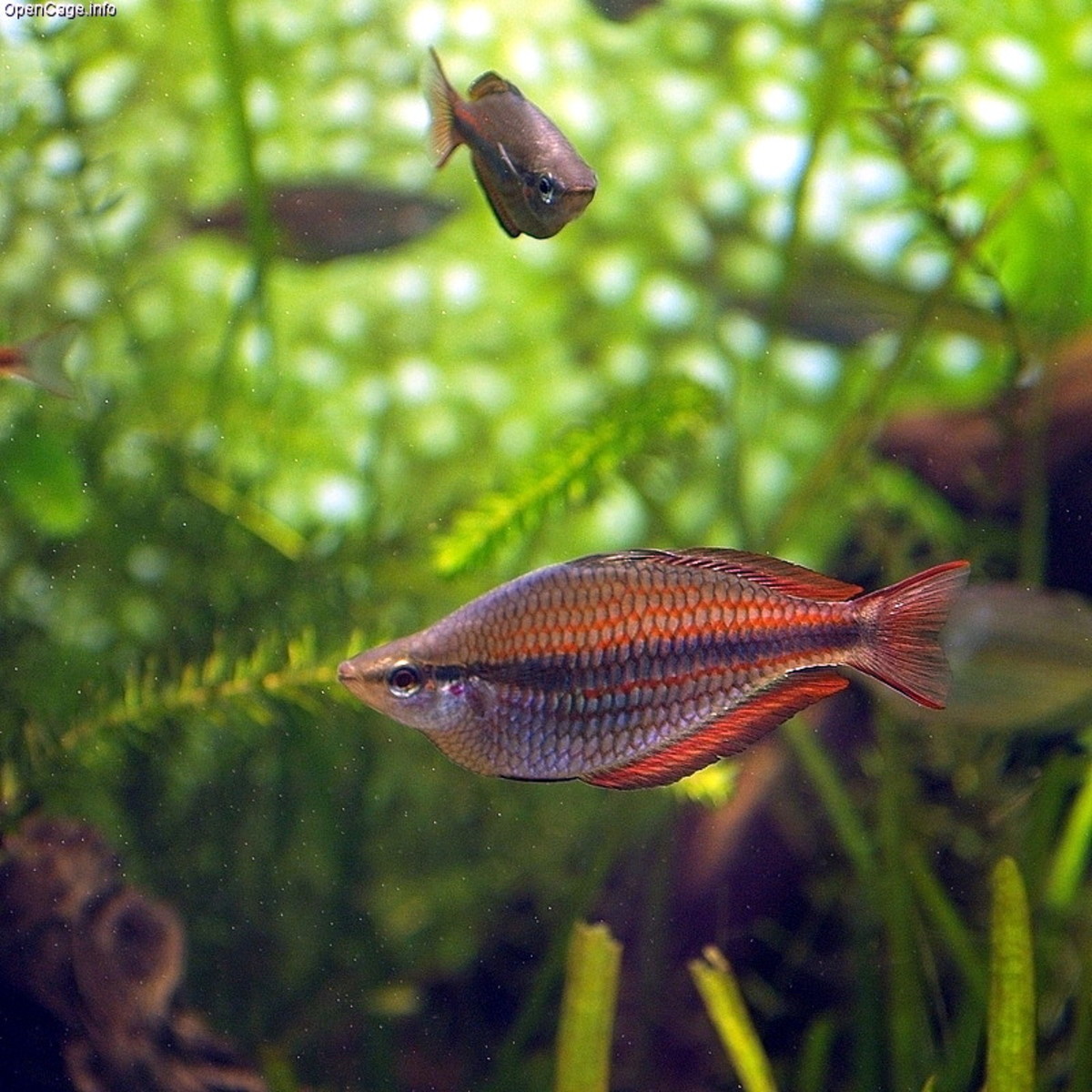The Natural Aquarium, Introduction
One of My Biologically Filtered Aquariums
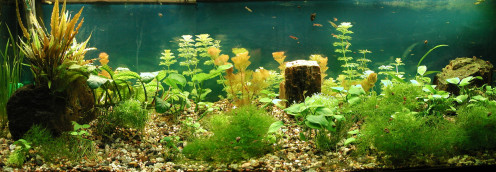
Aquarium Setup
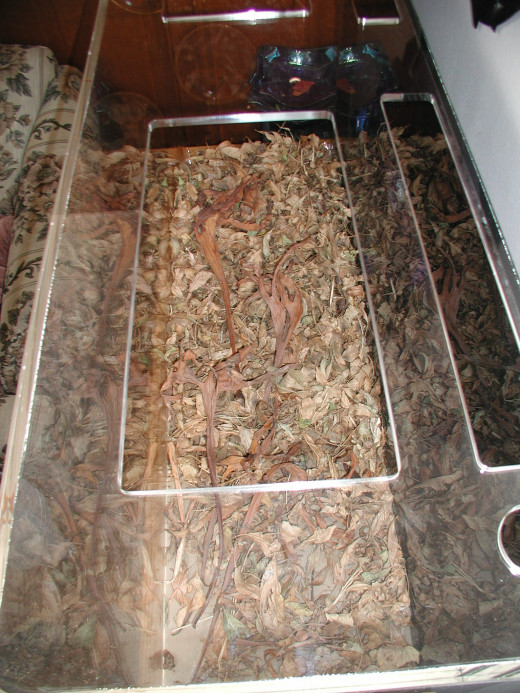


Introducing The Natural Aquarium
So, you want to set up and aquarium or paludarium, perhaps a vivarium to have a little piece of nature in your home or apartment or office?
So did I, several decades ago and, back then, it was a lot of work. One of the beauties of age is wisdom gained by good judgment, which is, of course, gained by making lots of mistakes.
Here is one now: Using too many things in the substrate. The leaves made all my plants grow too large, too fast, and then alterations became messy.
The leaves added a carbon reservoir which the plants dearly loved, but rooted plants then overgrew their sizes, or at least the size they were supposed to be. When I removed them to sell to the local fish store, the leaves, now the mulch, made a mess in the tank. Great idea if you never need to change anything, but that never happens.
Do note the fact that the substrate had evolved by this time into swimming pool filter sand. Do not use any other sand, you will have a mess that will not go away until it is removed. It has too many "fines" or fine particles that could the water.
OK, so we are already part way into the story. Let's regress a bit.
What, you think I am kidding?
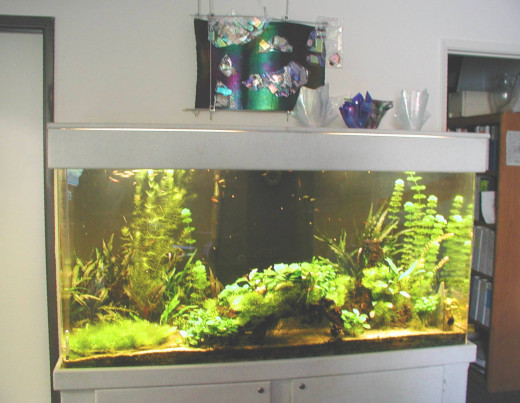


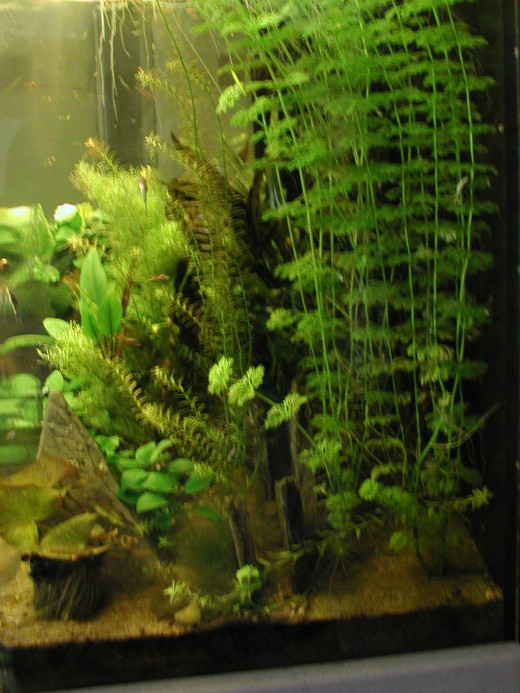
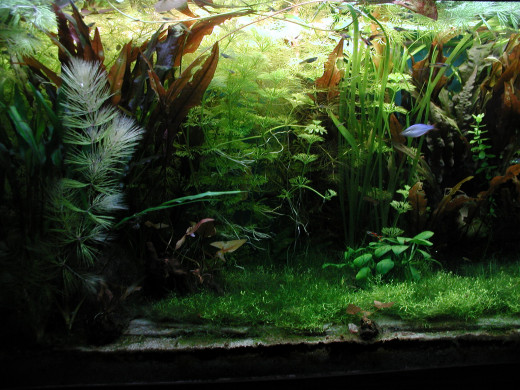
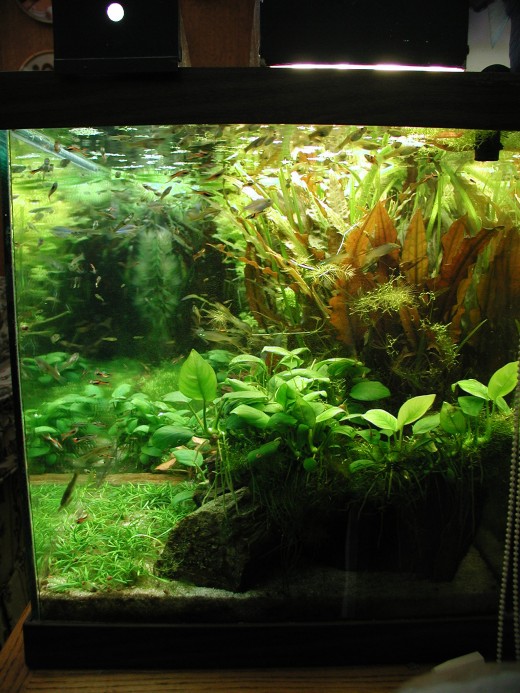
A Little History
When I was young, there was an aquarium shop down the street that had nice aquariums and I naturally wanted to keep fish.
That was fine, in Junior High and High School I kept an aquarium, but then found terrariums. It was fun keeping tropical plants inside in a bowl.
Of course, then there were the turtles and frogs, and how much room do you really have to keep these various forms if nature in your house?
I like the integration of things. Nature is like that, it is the integration of various systems working together to create something better than any one thing alone. You don’t go to Yosemite only to see mountains, you want to see the waterfalls and rivers, the trees and ferns, the birds and the squirrels. In other words, an integrated system. I can go to a pet store and see animals in cages, nice, but not the same thing. I can go to the nursery and see plants, again, nice, but not the same thing. We want to see nature as a whole whenever possible.
I was 10 years old, we were visiting the Redwoods National Park, my mom had to stop me from bringing home too much stuff and the convenience of the Ranger enforcing the laws was a convenient way to say, no, you can’t take home the moss, the water, the mulch, the frog, the worms, the fish, and so on.
Well gee, that was a long time ago and I still want to take all of this home, and, having raised kids, and collecting lots of this same stuff, I have to conclude there is something in us that wants to connect with nature, but we visit it and then bring it home. Why don’t we simply go out there and live? We don’t go out there to live because the environment makes life uncomfortable, and we do want to be comfortable, but still want to remember, see, hear, and feel a bit of nature.
So how can you have your own piece of nature in your house without the work traditionally found in keeping these things?
One zoologist I corresponded with in the past had several dozen aquariums in which he kept and bred various fishes. He spent the majority of every day keeping the tanks clean, changing water, feeding fish, and so on and so forth.
This was his life, but not mine, not ours, we are too lazy and I don’t want to isolate various phenotypes (color, size, shape) and subspecies of fish keeping them healthy by constantly changing water and scrubbing tanks to keep them healthy and not allowing anything to accumulate in the tank. This doesn’t sound fun.
Fun is good. Easy is good. Beauty is good. How do we create that little piece of nature in your house with what you want to keep in a setting people will want to look at? That was my goal.
We have accomplished this. It only took a few decades. Really, a few decades! But what we have now is a system of integrating an aquarium, vivarium, or paludarium to create that piece of nature you want to have at home to lower your blood pressure, sooth away the stress of the day, and not ruin your weekend with more work.
Our goal here is to acquaint the reader with the progress in understanding the difference between standard aquarium or paludarium practice and a biological filtration method of keeping these pieces of nature in a user friendly way, one that does not demand much time or effort.
What is really nice is that it is easier to do that doing things the old way, a lot less costly, and produced a much more beautiful scene in your home.
Is this why you bought this book? If so, you have found a friend in this book.
Back to when I (Newcomb) was a young boy growing up in Mission Hills (San Diego), I kept fish in small tanks in my bedroom with all the typical items you might find in an aquarium kit. A box filter provided physical filtration and aeration, I cleaned the bottom regularly.
I loved the fish and tried to make a comfortable life for them by buying plants and stone bubblers, large air pumps, colored lights, and all the things I thought they would enjoy.
Periodically things would go wrong and I would lose groups of fish or entire tanks of fish. Plants, however, died with amazing regularity.
I kept buying “bunch” plans, sold with a rubber band to hold them into a “bunch,” or a lead strip to hold them on the bottom. Plants like Cabomba, Motherwort, Hornwort or others are still sold this way. Many bunches were purchased, but none lived more than a few weeks. Without fear or trepidation I continued to buy plants and fish with my parent’s money for as long as I could.
When I became and adult I bought larger tanks. Various tanks have always adorned my home and office and, loving nature but not having much appreciation for plastic, I soon found that I wanted real plants in my tanks so I started on a journey that led me to where I am today with a 75 gallon tank in my living room that requires little work except for throwing out plants because they grow too fast.
At Andrew’s place we put in a 130 gallon custom tank, about 50 gallons of which is water, but a complete Paludarium using the same techniques.
What’s the difference? I’ll tell you.
The plants I throw out today are alive and I throw them out to keep the tank from becoming overgrown.
But there is more than that. Here is the story in brief which also will save you a lot of time and experimenting if you want to set up a tank.
My Cheat Code, how to set up your tank without the details
I was just playing a game that had cheats. To find the cheats you look up cheat codes on the net. So here is your cheat code for an aquarium:
1) Determine the size of the tank you need.
2) Determine the size of canister filter you need then get the next size up.
3) Take the canister filter apart and, instead of using the filtering media they provide, replace this with various textures of nylon cleaning pads (sometimes called “scratch pads” like the green material on the back of a kitchen sponge), you will find at your local hardware store. If the filter comes with a sponge, leave it in place, that is really good. Determine the direction of flow in the filter, where is the inflow, where is the outflow, and the structures used to make it follow that direction, Use those, but use the larger textured nylon cleaning pads at the inflow end, the fine materials at the outflow end.
4) Go to the local swimming pool supply house and buy a bag of swimming pool filter sand. Do not use hardware sand it is dirty and will make your water dirty. Add 2-3 inches of sand to the bottom of the tank.
Like any good cheat code, there is still work to do, but that will happen in the rest of the articles. You probably need to know how this works so you don't make the same mistakes I did.
The rest of the articles will answer what to do and why, how is the system integrated. There are small bits of information that will help you improve on this basic idea as we move through the articles.
NOT The end of the story
This is not the end of the story.
I do suggest that you read the rest of my articles to get the entire picture, the metanarrative of why this works and what mistakes not to make. It's all free, and all good information.
Learn from my mistakes as well as from my successes.
Serious Fish Tanks, Seriously Easy

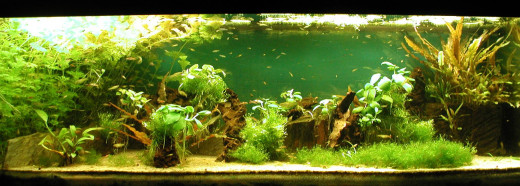

© 2015 Ronald A Newcomb

